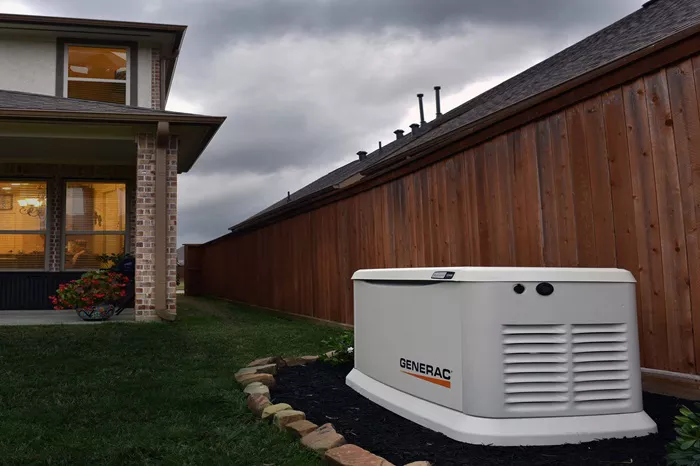Home generators are essential for providing backup power during outages. Whether you live in an area prone to storms or simply want peace of mind, understanding the costs involved is crucial. This article explores generator pricing, types, installation expenses, and long-term value to help you make an informed decision.
Types of Home Generators & Their Costs
Generators come in different types, each with varying price ranges. The three main categories are portable generators, inverter generators, and standby generators.
Portable Generators (300–3,000)
Portable generators are the most affordable option. They run on gasoline, propane, or diesel and are ideal for short-term power needs.
Small Models (1,000–3,500 watts): 300–800 – Powers essentials like lights and a refrigerator.
Medium Models (3,500–8,500 watts): 800–2,000 – Can run multiple appliances.
Large Models (8,500+ watts): 2,000–3,000 – Suitable for whole-house backup (with manual management).
Pros: Low upfront cost, easy to move.
Cons: Manual operation, limited runtime, requires fuel storage.
Inverter Generators (500–4,000)
Inverter generators provide cleaner power, making them safe for sensitive electronics like laptops and medical devices.
Small (1,000–2,000 watts): 500–1,200 – Good for camping or small appliances.
Medium (2,000–4,500 watts): 1,200–2,500 – Handles refrigerators and power tools.
Large (4,500+ watts): 2,500–4,000 – Can support partial home backup.
Pros: Quiet, fuel-efficient, stable power output.
Cons: Higher cost per watt compared to traditional portables.
Standby Generators (2,000–15,000+)
Standby generators are permanently installed and automatically turn on during outages. They run on natural gas or propane.
7–10 kW (Partial Home Backup): 2,000–5,000 – Covers essentials like lights, HVAC, and a refrigerator.
12–20 kW (Whole-House Coverage): 5,000–10,000 – Powers most household systems.
22–48 kW (Large Homes/High Demand): 10,000–15,000+ – For luxury homes with high power needs.
Pros: Automatic operation, seamless power transition.
Cons: High upfront cost, requires professional installation.
Additional Costs to Consider
Installation Fees (500–5,000)
Portable Generators: Minimal setup (extension cords or manual transfer switch: 200–1,000).
Standby Generators: Requires electrical wiring, gas line connection, and permits (3,000–5,000).
Fuel Costs
Gasoline: 3–5 per gallon (portable generators consume 0.5–2 gallons per hour).
Propane/Natural Gas: 2–4 per gallon equivalent (standby generators use 2–4 gallons per hour).
Diesel: More expensive but longer shelf life.
Maintenance (50–500/year)
Portable/Inverter: Oil changes, spark plug replacements (~50–150/year).
Standby: Annual professional servicing (~200–500).
Are Home Generators Worth the Investment?
The answer depends on your needs:
Frequent Outages: A standby generator may justify its cost over time.
Occasional Use: A portable or inverter generator is more budget-friendly.
Medical Needs: A reliable backup is essential for life-support equipment.
Conclusion
Home generator prices vary widely based on type, power output, and installation. While portable models are affordable, standby generators offer convenience at a higher cost. Assess your power needs, budget, and long-term benefits before purchasing. Investing in a generator ensures safety and comfort during unexpected blackouts.
By understanding these factors, you can choose the best generator for your home without overspending.

